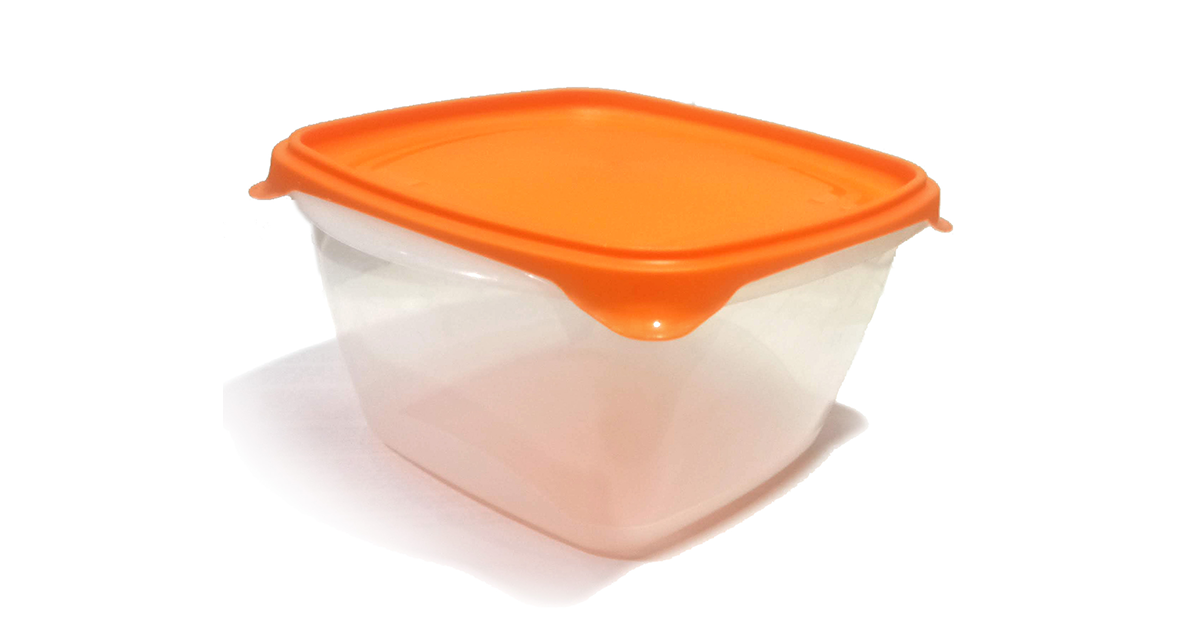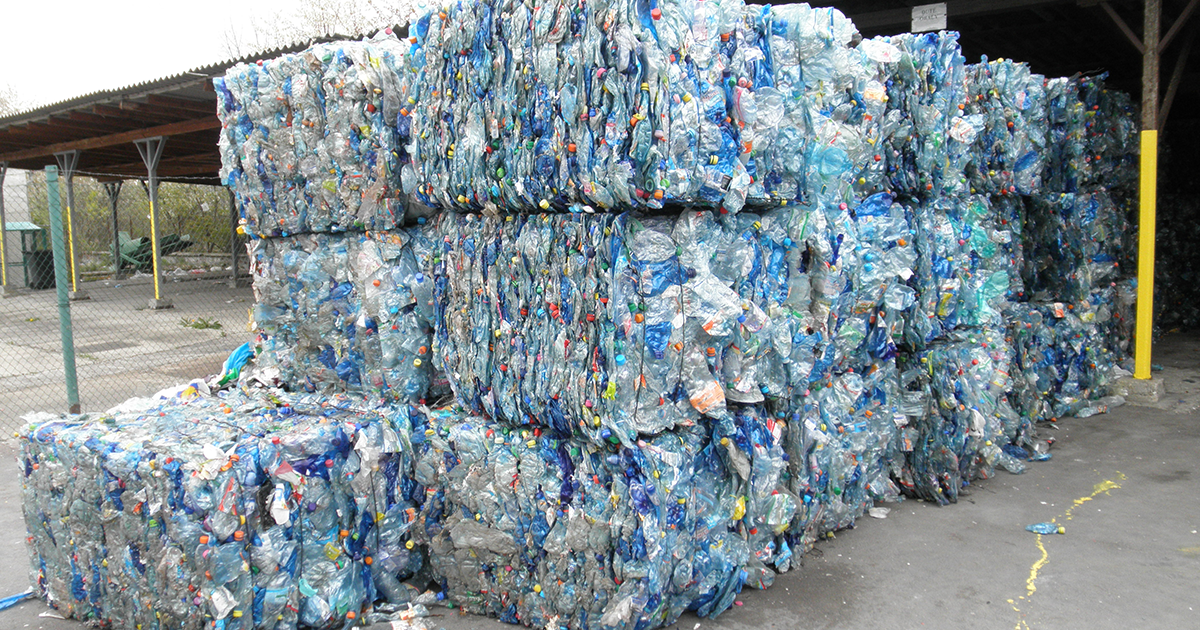Tinplate vs. plastic containers: which is more environmentally friendly? - Part 2
By Aniket Gupta | 14 Aug 2023

History of plastic containers
The history of plastic containers is a journey of innovation, versatility, and widespread adoption that has shaped the modern packaging landscape. Plastic containers, made from synthetic polymers, have revolutionized various industries by providing lightweight, durable, and cost-effective packaging solutions.
The origins of plastic date back to the 19th century, with the development of materials like celluloid and Bakelite. These early plastics were used to create a variety of products, including buttons, combs, and other consumer goods.
The emergence of new plastic formulations, such as polyethylene and polypropylene, marked a turning point in the history of plastic containers. These materials were more malleable and could be molded into various shapes, making them suitable for packaging applications.
In the 1930s, polyethylene was used to create flexible plastic bags, while polypropylene was used in rigid containers and bottle caps. The post-World War II era witnessed a significant surge in plastic container development and adoption. Plastic containers became popular for packaging a wide range of products, including food, beverages, personal care items, and cleaning products.
The introduction of high-density polyethylene (HDPE) and polyethylene terephthalate (PET) further expanded the possibilities for packaging designs. The use of plastics expanded beyond traditional packaging to include single-use items like plastic cutlery, straws, and packaging for takeout food.
However, concerns about plastic waste and its environmental impact began to emerge, leading to discussions about recyclability and sustainability.
Today, the plastic packaging industry is undergoing a transformation. Companies are exploring ways to reduce the environmental impact of plastic containers by using recycled materials and improving recycling infrastructure. Innovations in compostable and biodegradable plastics aim to address the challenges of plastic pollution while maintaining the convenience and functionality of plastic packaging.
Recycling ability of both containers
The recyclability of packaging materials is a crucial factor in assessing their environmental impact. Tinplate containers are highly recyclable and can be reprocessed repeatedly without significant loss of quality. Recycling tinplate helps conserve energy and reduces the need for virgin resources, contributing to a circular economy.

Plastic containers, though recyclable, present a more complex recycling process. Various types of plastic polymers exist, each requiring separate recycling streams. The lack of consistent recycling infrastructure and consumer confusion over proper disposal methods continue to contribute to plastic pollution.
What’s more, when plastic is recycled, it often degrades in quality with each cycle, leading to a limited number of potential reuses before it eventually ends up in landfills or littering in the environment.



















